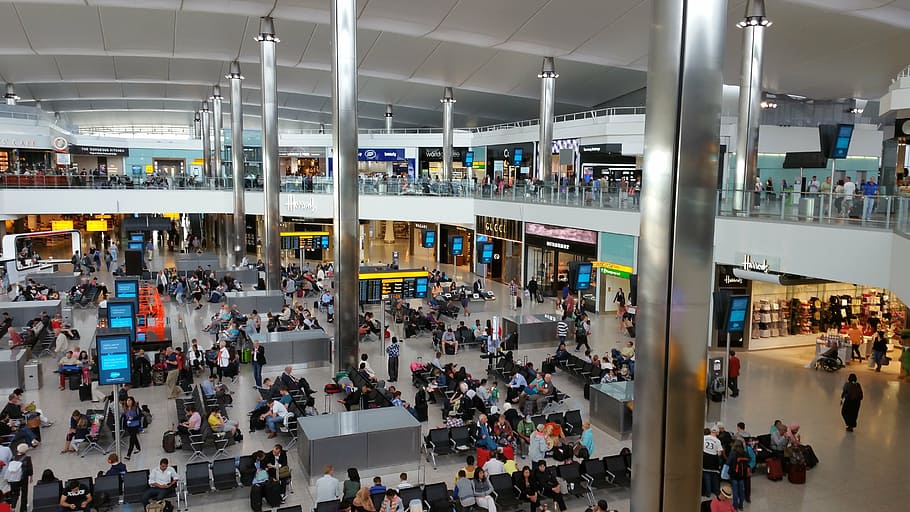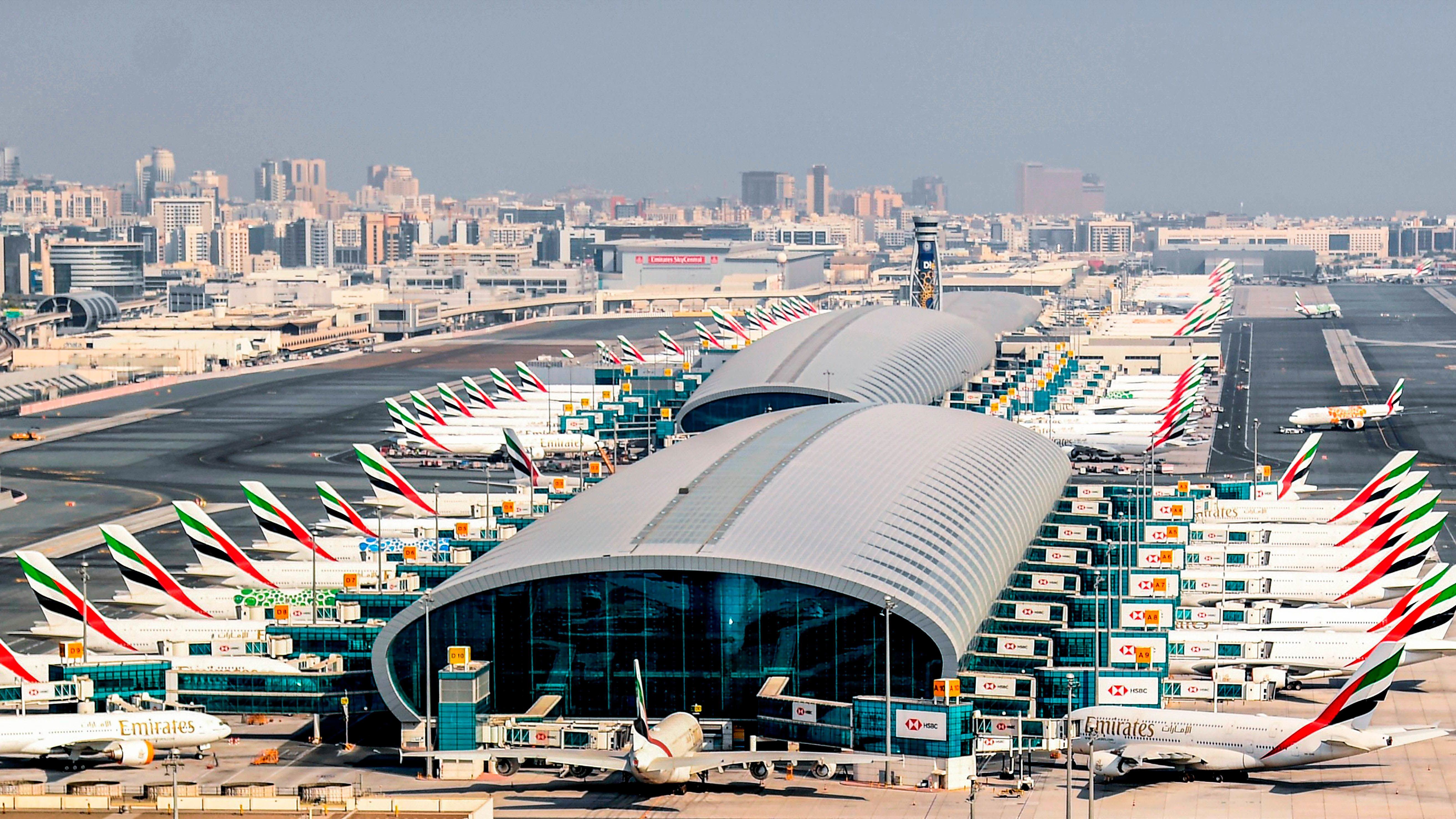Fascinating Historic Photos of Famous Airports
.webp)
Amsterdam Airport Schiphol, the Netherlands
When Amsterdam Airport Schiphol (AMS), one of the busiest airports in Europe, was initially created in 1916, it was only a few modest wooden buildings on a patch of muddy ground being used as a military airstrip. The first KLM regular flight, with just two people on board, landed at the airport in 1920. With the 1928 Amsterdam Olympics drawing near, the airport saw quick expansion with the construction of the first terminal and air traffic control tower, as well as improvements to the field and access roads and a new concrete platform.
The airport kept growing during the next years, and in 1967 and 1975, two additional terminals were opened. In 1991, a new ATC tower was made operational, making it the highest in the world at the time. With 305 direct routes served by 120 airlines, Schiphol is one of the oldest international airports in the world continuously in use today. Fun fact: Schiphol is located at the bottom of what was formerly Haarlemmer Lake, 13 feet (4 meters) below sea level.
London Heathrow, England, UK

The largest airport in London, Heathrow (LHR), was initially established in 1930 when a British engineer purchased a piece of land for a private airport for £15,000 ($18,945). The airport, which was once known as the Great West Aerodrome, has a single grass runway and a few low-rise structures. When London Airport first opened in 1946, the passenger terminals were made of repurposed military marquees without any heating, nothing like the opulent lounges of today. Comforts like fresh flowers, flowery recliners, and a WHSmith (bookstore and newsagent) were there, nevertheless.
London Airport had a sharp increase in traffic, with 63,000 people passing through it in its first year and 796,000 in 1951. After being renamed Heathrow Airport in 1966, it handled 27 million people a year by the end of the 1970s, when Concorde and Boeing 747 dominated the sky. In the next decades, a series of modifications were carried out to meet the demand, including the opening of many terminals, the construction of a link to the London Underground, and the introduction of a train service. In 1969, the late Queen Elizabeth II even made a visit to inaugurate Terminal 1.
Frankfurt Airport, Germany
After the limits on German travelers were abolished, Frankfurt Airport saw a boom in the 1950s, with over 400,000 people passing through in just one year. When a new terminal opened in 1958, Frankfurt became a significant center for airlines, and by 1962, an even larger terminal was already required. With restaurants and duty-free stores to appeal to foreign visitors who wanted to spend more time at the airport, Terminal 1's passenger offerings enhanced when it opened in 1972. This image shows a Scandinavian Airlines aircraft taking off from the ramp in the early 1950s.
With additional runways and terminals added throughout the years, Frankfurt Airport is presently serviced by 86 airlines, offering flights to 292 destinations in 92 countries. Frankfurt Airport, which will handle up to 50 million people in 2022, is now the biggest airport in Germany and one of the major hubs in Europe. An estimated 148,450 travelers leave or arrive per day; however, on June 30, 2019, 241,228 individuals went through, making it the biggest day ever.
Dubai International Airport, UAE

Dubai International Airport (DXB), a significant global hub and one of the busiest airports in the world, has grown quickly in the relatively short time it has been in operation, with passenger growth averaging 13% annually. While the British carrier Imperial Airways flew four weekly Flying Boats out of DXB as early as 1937, the airport didn't formally open until 1960 (see photo). The airport's initial expansion began in 1963 when it replaced its outdated sand runway with contemporary asphalt pavement.
Read Also: World's Most Remote Homes You Won't Believe Exist
JFK International Airport, New York, USA
JFK, one of the most well-known airports in the world, was formerly a golf course. A new airport servicing New York City was to be built at the Idlewild Beach Golf Course in 1941. After a significant amount of work, the project became Idlewild Airport, and the first aircraft took off in 1948. It underwent many name changes in the years that followed before receiving its current moniker in 1963, not long after President John F. Kennedy was assassinated. This photograph was taken at the airport in 1957 following the construction of the International Arrivals Building.
Hong Kong International, Hong Kong
The island-based Hong Kong International (HKG) airport was established in 1998 to replace the hazardous Kai Tak Airport (shown). Pilots were well-known for the latter's nerve-wracking landings, which required them to perform a precise quick turn in order to align with the runway and fly between Hong Kong's tall skyscrapers. Chek Lap Kok island was chosen as a good site for the new airport during a study conducted in the 1970s, but work didn't start on the project until 1991.







.webp)

.webp)


